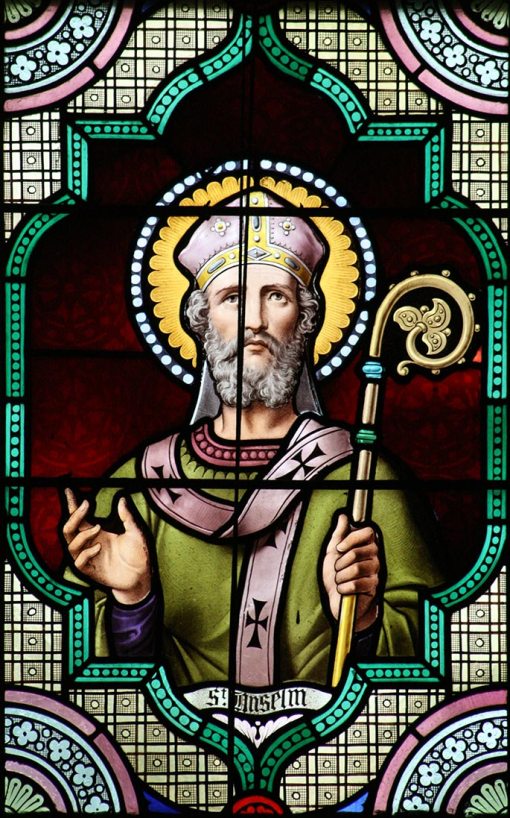Born in 1347, Catherine Benincasa was the youngest of twenty-five children of a wealthy dyer of Siena. At six years old, walking home from a visit, she stopped on the road and gazed upward, beholding a vision of “our Lord seated in glory with Saint Peter, Saint Paul, and Saint John.” She would later say that in the vision Jesus had smiled on her and blessed her. Thenceforth, Catherine devoted herself at home to a life of prayer and penance in spite of her mother’s opposition. In response to attempts to force her to live like other girls, Catherine finally cut off her hair, said to have been her chief beauty. In the end, convinced that she would stand against all opposition, her father let her live as she wished, to close herself away in a darkened room, fasting and sleeping on boards. Eventually she became a tertiary of the Order of Preachers, the Dominicans.
Catherine had numerous visions and was tried severely by loathsome temptations and degrading images. She frequently felt abandoned by the Lord. At last, in 1366, Jesus appeared to her with Mary and the heavenly host, and espoused her to himself, ending her long years of lonely prayer and struggle. She began to mix with other people, first through nursing the sick in hospital (particularly lepers and those suffering from cancer) and then by gathering a group of disciples, men and women, including Dominicans and Augustinians. They accompanied her on her frequent journeys, and their influence was manifested in several spectacular conversions and in their call to reform and repentance through a renewal of the love of God.
Opinion in her home city was sharply divided about whether she was a saint or a fanatic, but when Raymond of Capua, a leading member of the Dominicans, was appointed her confessor, he helped her to win full support from the mother house of their order. Catherine was a courageous worker in time of severe plague, she visited prisoners condemned to death, and she was called upon to arbitrate feuds and to prepare troubled sinners for confession. She expressed her ideals in her Dialogue, an ecstatic mystical work, and in her letters, both of which were dictated by her, as she never learned to write. Her personal holiness, enhanced rather diminished by criticism, together with her writings, made her an influential spiritual leader of the late Middle Ages.
During the great papal schism of the fourteenth century, with rival popes in Avignon and in Rome, Catherine wrote tirelessly to princes, kings, and popes, urging them to restore the unity of the Church. She was invited to Rome by Pope Urban the Sixth, whom she had admonished to moderate his harshness and whose papacy she supported. There she wore herself out working for the cause of the Church’s unity. She suffered a paralytic stroke on April 21, 1380, and died eight days later.
Her friend, confessor, and biographer, Raymond of Capua, later Master General of the Dominicans, wrote her Life, which was influential in her canonization in 1461. She became not only Siena’s principal saint, but also a figure of international importance whose influence, it was popularly believed, was decisive in bringing about the return of the papacy to Rome. Like Bernard of Clairvaux, Catherine had prophetic vision and personal intransigence, qualities that led both of them to identify God’s cause with their own. She was declared a Doctor (Teacher) of the Church in 1970.
adapted from The Oxford Dictionary of Saints
and Lesser Feasts and Fasts
The Collect
Everlasting God, you so kindled the flame of holy love in the heart of blessed Catherine of Siena, as she meditated on the passion of your Son our Savior, that she devoted her life to the poor and the sick, and to the peace and unity of the Church: Grant that we also may share in the mystery of Christ’s death, and rejoice in the revelation of his glory; who lives and reigns with you and the Holy Spirit, one God, now and for ever. Amen.
__________________________________________________
The propers for the commemoration of Catherine of Siena are published on the Lectionary Page website.
The image of St. Catherine is by Giovanni di Paolo, c. 1475.



